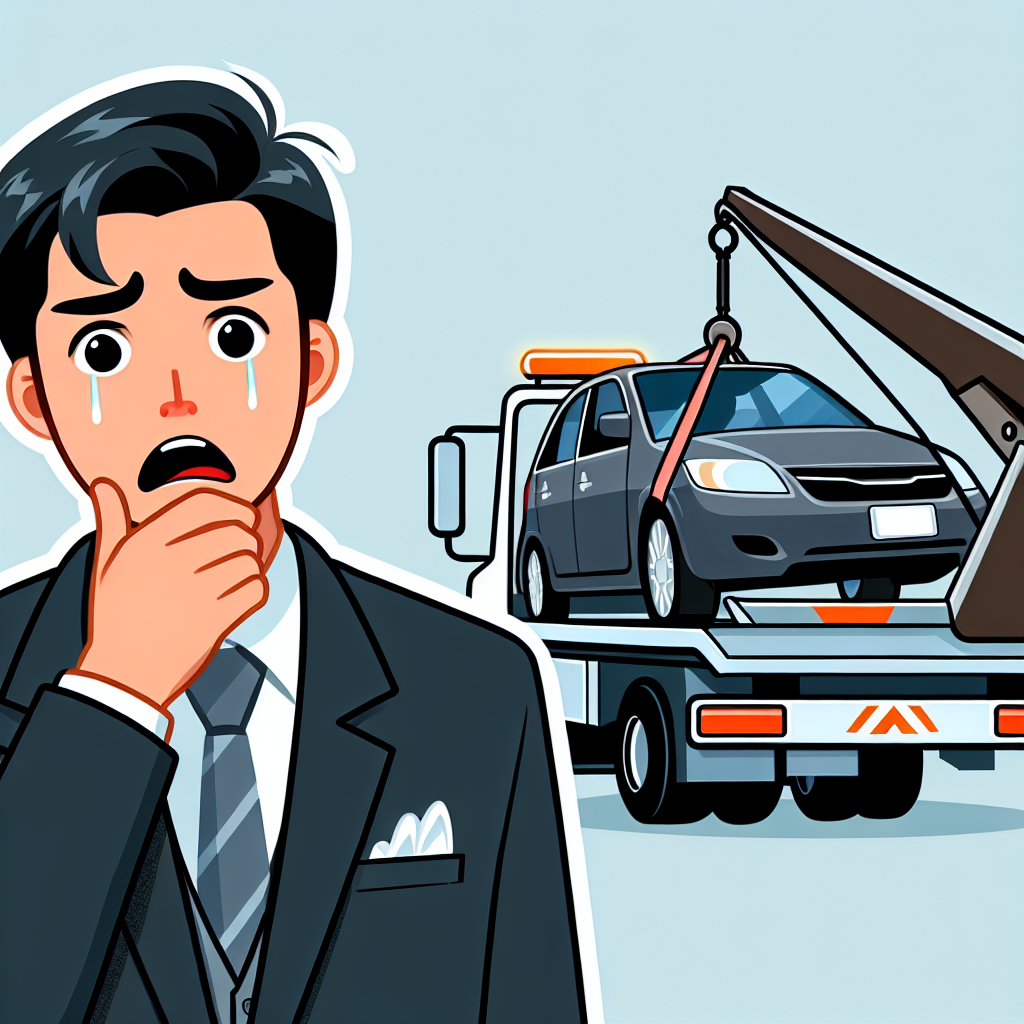Key Insights
- When upgrading to a shinier or more advanced ride, dealerships often pitch rolling over your existing loan—but this usually spells trouble for your wallet.
- Shoving your old loan balance into a new one can trap you deeper in negative equity and hike your risk of default.
- Patience pays: holding off on buying a new car until your current auto loan is cleared helps dodge the rollover trap.
Eyeing a new set of wheels? The go-to move tends to be trading in your current car, but this only slices the price of your next vehicle if you’re sitting on positive equity—basically, owing less than what the car’s market value fetches.
“Rolling over a car loan rarely makes financial sense,” remarks Zander Cook, co-founder and chief revenue officer of Lease End. “Knocking down your existing balance first is usually the savvier money move.”
Carrying negative equity? Dealers and lenders may tempt you with the idea of folding your leftover loan into a fresh auto contract. Sounds slick, but it often backfires—boosting your underwater balance, bulking up interest rates, and inflating monthly dues, all of which could tie your hands when it’s time to trade or sell.
What’s the Deal with Rolling Over a Car Loan?
Simply put, rolling over means tacking your leftover balance or “negative equity” from your current vehicle on top of the new loan. So if your car’s trade-in value doesn’t cover what you still owe, the dealer might roll that gap into your new financing agreement.
For example: imagine you still owe $15,000 on your existing ride, but it’s only worth $10,000 on the market. The lender might fold that $5,000 difference into your next loan, meaning you’re borrowing beyond the value of the car you’re buying.
Noteworthy numbers: According to the National Automobile Dealers Association, nearly 30% of new car buyers in recent years have rolled over negative equity. On average, these loans are about $3,000 larger than the vehicle’s worth, which can extend loan terms beyond 60 months and increase total interest paid significantly.
Bankrate’s Perspective
Unless you absolutely must upgrade, sticking with your current vehicle until the loan is wiped out is typically the wiser financial play. Once paid off, selling or trading the car is infinitely simpler without the weight of rolled-over debt.
Being “upside down” on a loan isn’t the end of the world if you’re planning a long tenure with your car. But if selling is on the horizon, you could be stuck covering the shortfall between the car’s worth and what you owe.
What’s worse, your monthly payments go up, since you’re footing costs not only for your new car but also the leftover balance from the old loan. More principal means more interest and, if unchecked, a vicious loop of refinancing and rolling over debt.
“When folks are underwater, they sometimes hunt for new rides loaded with rebates to offset negative equity,” explains Cook.
Calculate Your Negative Equity Impact
If curiosity has bitten you, Bankrate provides handy calculators to estimate how rolling negative equity affects your wallet. Understanding the true monthly cost before committing can save you headaches down the road.
Most auto loans today (99% or so) are simple interest loans, meaning there’s no penalty if you decide to pay off your balance ahead of schedule. You could send in extra money monthly or even double up payments to cut your loan duration in half.
“Prepaying is a strategic move,” Cook adds. “It fights depreciation and shrinks your debt faster.”
Option #2: Opt for a Pre-Owned Vehicle
If you’re in a hurry to swap cars, consider going used. Lower price tags mean smaller loans, which can help prevent sinking into negative equity waters.
How to Dodge the Rollover Trap
Before you venture into financing, crunch the numbers to see if a shorter loan term on a modestly priced vehicle is doable. The longer you stretch out payments, the more time depreciation gnaws away at your car’s value, heightening the odds of owing more than it’s worth. Shooting for a loan term under 60 months is a solid hedge against negative equity.
Bankrate’s guidance on leasing versus buying reveals some interesting trends. Leasing typically comes with a lower monthly tab than purchasing a comparable car. For instance, in the first quarter of 2025, the average lease payment was $142 less per month than the average new car loan payment.
Heads up: Leasing isn’t all roses—it comes with mileage restrictions and possible end-of-lease fees based on wear and tear or excess miles driven. These limitations don’t apply if you’re buying.
Lease or Buy? Use the Calculator
Still torn between leasing and buying? Bankrate’s calculator can clear the fog, weighing costs and benefits tailored to your driving habits and finances.
All in all, while the urge to switch rides can come unannounced, steer clear of rolling over your existing loan. Waiting until your current debt is fully settled before climbing into the next car shields your future budget from the pitfalls of layered debt and prolonged financial strain.



